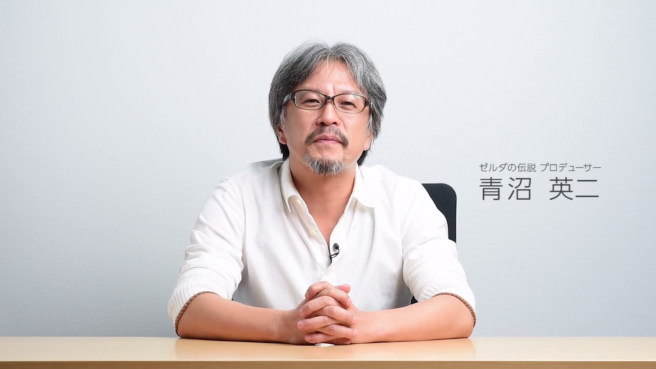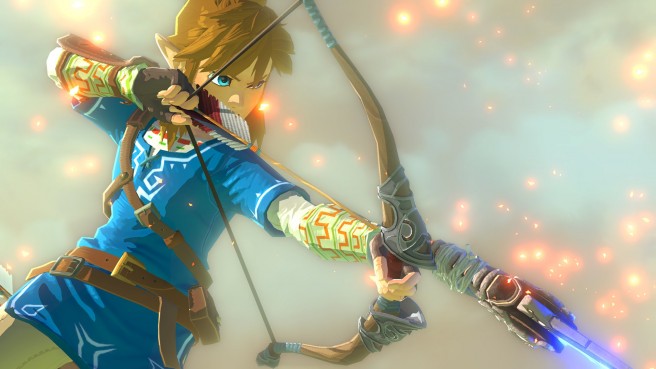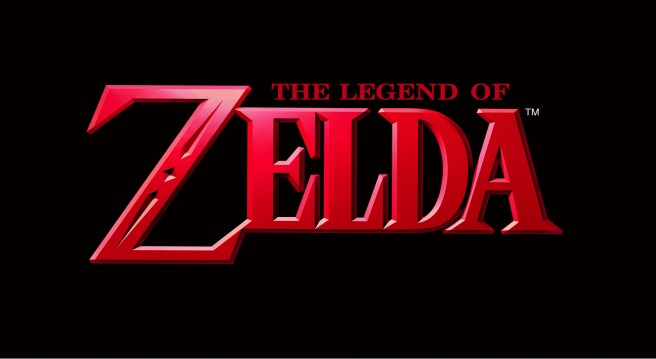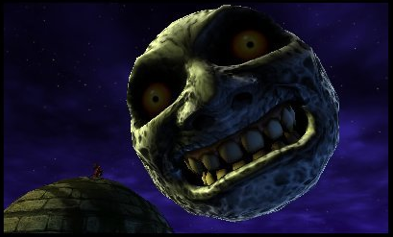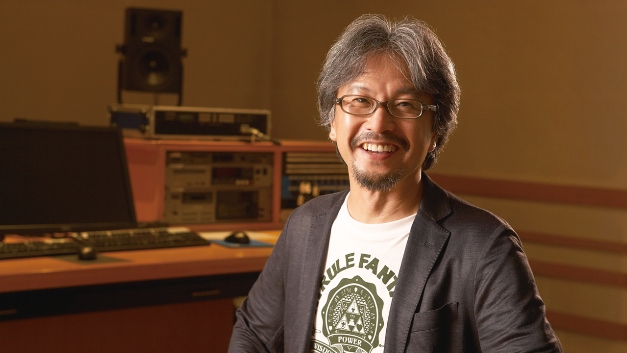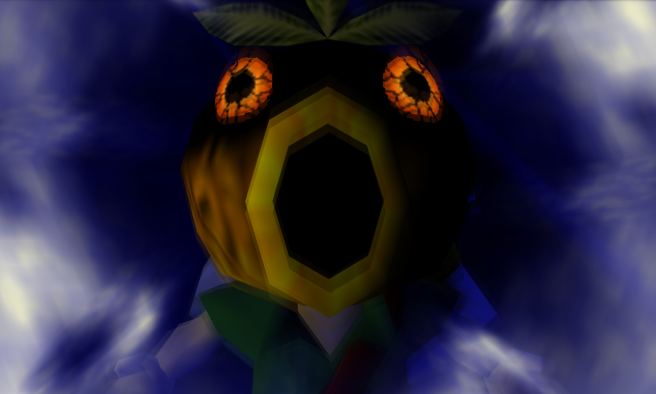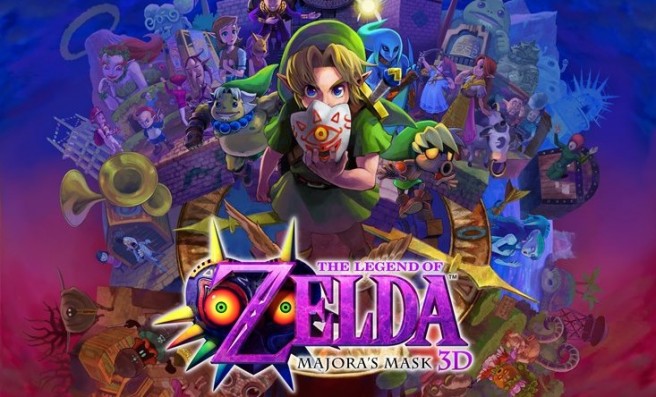The Legend of Zelda: Tri Force Heroes gameplay with Eiji Aonuma
Posted on 10 years ago by Matt(@OnePunchMaz) in 3DS, Videos | 4 Comments
Earlier this year when The Legend of Zelda: Majora’s Mask 3D came out, Nintendo released several videos of series producer Eiji Aonuma playing the game and showcasing several aspects of it. Now they’re doing the same with Tri Force Heroes. Check out the video below (in Japanese, obviously):
Zelda Wii U won’t be shown at E3
Posted on 10 years ago by Brian(@NE_Brian) in News, Wii U | 99 Comments
The hits just keep on coming! After finding out that Zelda Wii U has been delayed and is now expected in 2016 instead, we have confirmation that the title will be skipping E3.
Series producer Eiji Aonuma wrote on Miiverse:
As I said in the video, we would like to take this time so we can bring you a very special experience, by making the ultimate Zelda game. Since we’d like to focus on developing the game we’ve decided to not show the game at this year’s E3.
Thank you for your continued support, and I hope you’ll look forward to the game!
Darn you, Aonuma! You know how to break my heart, don’t you?!
More: E3 2015, Eiji Aonuma, top, Zelda Wii U
Zelda Wii U delayed to 2016
Posted on 10 years ago by Brian(@NE_Brian) in News, Wii U | 192 Comments
A new video message from Zelda producer Eiji Aonuma reveals that the title is no longer expected in 2015, as was originally announced.
“As I have watched our development progress, I have come to think that rather than work with meeting a specific schedule as our main objective, and releasing a game that reflects only what we can create within that scheduled time, I feel strongly that our focus should be to bring all of these ideas to life in a way that will make Zelda on Wii U the best game it can possibly be,” Aonuma explained. “So I must apologize to all of you who were expecting the game by year’s end, but we are no longer making a 2015 release our number one priority. Instead, our priority is to make it the ultimate and most complete Zelda game.”
You can watch the video in full below.
More: Eiji Aonuma, top, Zelda Wii U
Aonuma talks about the creation of Zelda: Majora’s Mask
Posted on 10 years ago by Brian(@NE_Brian) in 3DS, News | 0 comments
We have one final translation from Nintendo Dream‘s interview with Zelda producer Eiji Aonuma… and it’s a big one. The latest excerpt is entirely about Majora’s Mask, and its creation. Aonuma reflects on the work he did for the game, speaks about the creation of Romani Ranch, Anju and Kafei, Pamela, and much more.
Head past the break for our full translation. I’d say it’s very much worth a read if you’re curious about Majora’s Mask’s various elements!
Aonuma on his approach to making changes in Zelda: Majora’s Mask 3D
Posted on 10 years ago by Brian(@NE_Brian) in 3DS, News | 7 Comments
A bunch of excerpts from Game Informer‘s interview with Eiji Aonuma have emerged over the past few days. Yet another one has now been posted online.
Game Informer asked the Zelda producer about how he approached making changes in The Legend of Zelda: Majora’s Mask 3D. You can read up on his full response below.
Aonuma on his path into game design, how he came to be in charge of Zelda, Majora’s Mask three-day cycle
Posted on 10 years ago by Brian(@NE_Brian) in 3DS, General Nintendo, News | 1 Comment
We have another three excerpts from Game Informer‘s interview with Zelda producer Eiji Aonuma. These latest summaries cover Aonuma’s path into game design, how he came to be in charge of Zelda, and the three-day cycle in Majora’s Mask.
You know what to do. Head past the break for the full breakdown.
Aonuma on the pain behind Link’s transformations in Majora’s Mask, Fierce Deity Mask soul
Posted on 10 years ago by Brian(@NE_Brian) in 3DS, General Nintendo, News | 19 Comments
Another couple of excerpts from Game Informer‘s interview with Eiji Aonuma have been transcribed. The latest Q&A covers the pain behind Link’s transformations in Majora’s Mask, and the soul inside the Fierce Deity Mask.
Check out the full responses below:
GI: “Why does it hurt so much for Link to wear the transformation masks?
Aonuma: We’re talking about masks that were created to contain the memories of people who have died. Often there are things they really wanted to do before they left this world, so becoming them is actually really painful because it’s like hosting a really powerful spirit that’s coming into you.”
GI: “Whose soul is inside the Fierce Deity Mask?
Aonuma: The best I can give you is just a suggestion. The best way to think about it is that the memories of all the people of Termina are inside of the Fierce Deity Mask.”
Aonuma on the 5 stages of grief fan theory in Zelda: Majora’s Mask
Posted on 10 years ago by Brian(@NE_Brian) in General Nintendo, News | 26 Comments
This month’s issue of Game Informer has an interview with Zelda producer Eiji Aonuma. Aonuma tackled several topics pertaining to Majora’s Mask, including the 5 stages of grief fan theory.
Here’s the full exchange between the two:
Game Informer: Some fans speculate that Majora’s Mask is a metaphor for the stages of grief. The towns-folk are in denial of the moon falling; the Deku King is punishing the monkey out of anger; the ghost in the snow temple is bargaining for a return to the world of the living; Lulu in the Zora Temple is battling with depression; and the final temple could be considered acceptance as it wraps up Link’s journey. Was this considered during development, or is this just a fan interpretation?
Eiji Aonuma: It’s certainly true that each one of these different episodes you talked about has a different emotional cast to it. One feels like it’s tinged with sadness, and another with anger – that certainly was intentional. But, I also want to point out that it’s not that each one of these episodes only has the one emotion that they are conveying. There are certainly other notes that we’re trying to hit as well, and the reason we did this is always to allow the player to experience that emotion – to give them a chance to hook into the emotional tone of this scene and react to it and feel like they want to accomplish something in the game as a result.”
Aonuma talks Majora’s Mask – Majora and Termina name origins, lots more
Posted on 10 years ago by Brian(@NE_Brian) in 3DS, General Nintendo, News | 11 Comments
This month’s issue of Nintendo Dream has a rather large interview with Eiji Aonuma, longtime producer of the Zelda series. While the Japanese magazine asked Aonuma about a variety of topics, Majora’s Mask was the main focus. Aonuma talked about the origins of the Majora and Termina names, the Mirror Shield’s connection to a mask owned by the Happy Mask Salesman, and more.
Head past the break for our full translation. The discussion is definitely interesting!
Aonuma on Zelda: Majora’s Mask – reusing character models, bottles tease, why Clocktown’s bank vault isn’t affected by time, and more
Posted on 10 years ago by Brian(@NE_Brian) in 3DS, General Nintendo, News, Wii | 7 Comments
Surprise, surprise! Another interview with Eiji Aonuma has appeared. The latest one comes from Game Informer, who spoke with the Zelda producer.
There are actually quite a few interesting questions and answers. Aonuma was asked if Majora’s Mask is all a dream, teased a special event in the 3DS version for finding all of the bottles (plus there’s an extra one in this version), and shared a development nugget about Twilight Princess’ development.
Head past the break for some interview excerpts. The full talk can be found here.
